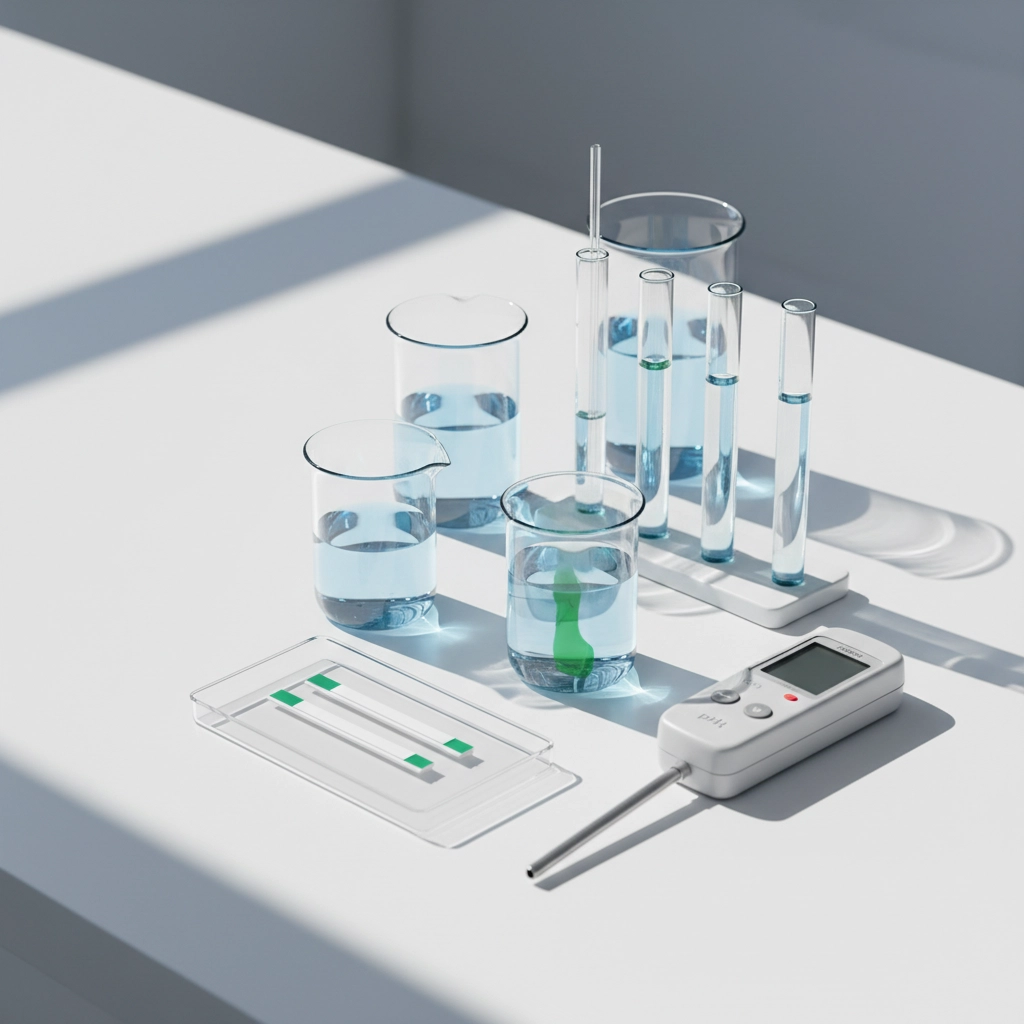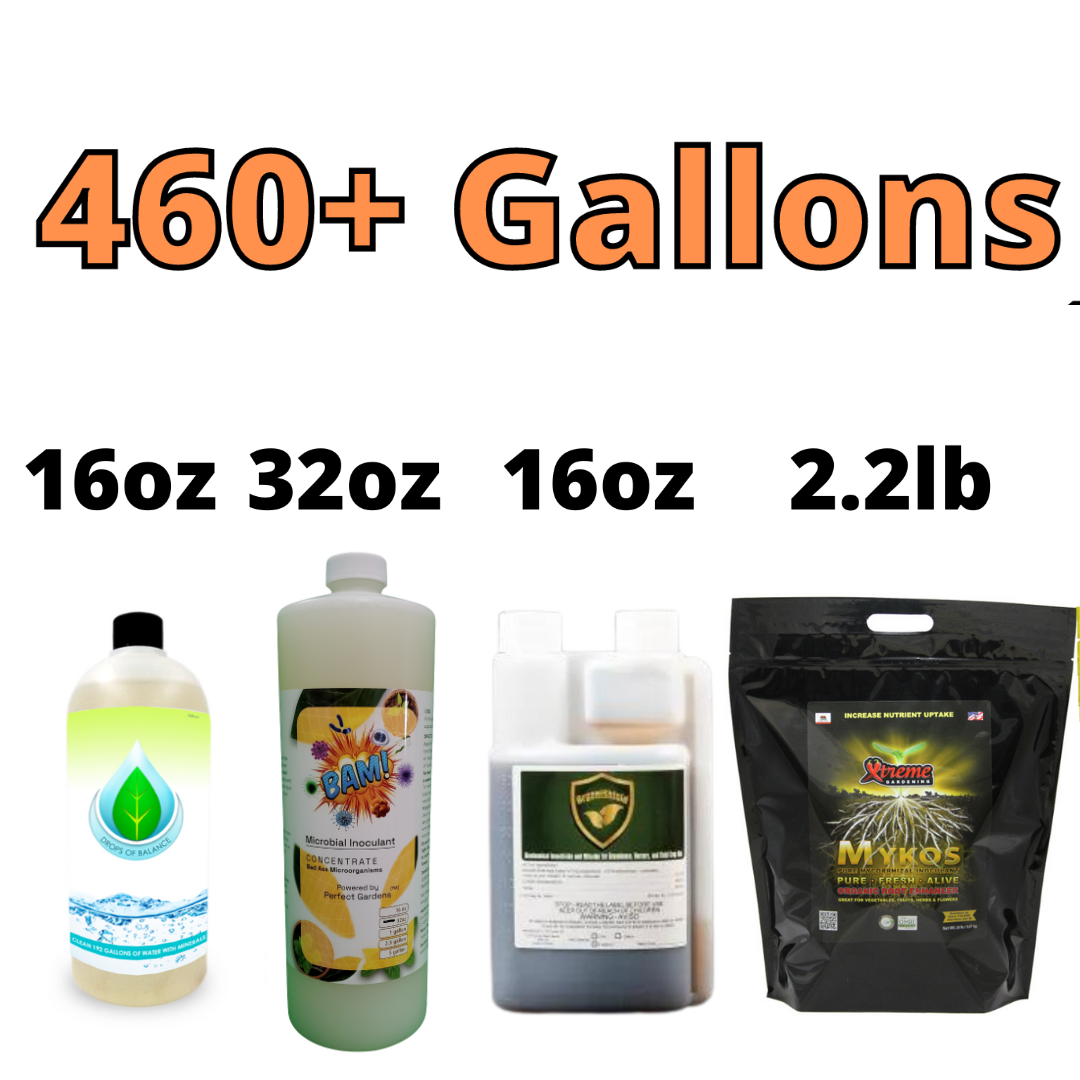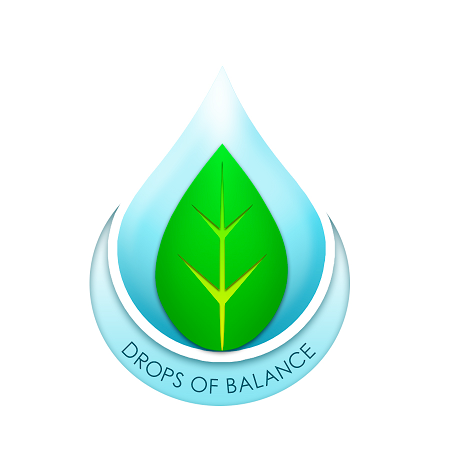
Advanced Water Pollution Solutions: How to Remove Fluoride AND PFAS from Your Garden Water in Under 5 Minutes
The promise of removing both fluoride and per- and polyfluoroalkyl substances (PFAS) from garden water in under five minutes represents a significant misconception about water treatment science. While the urgency to address these persistent contaminants is justified, the reality of effective remediation requires a more nuanced understanding of both the chemistry involved and the limitations of current treatment technologies.
The Scientific Reality of Rapid Contaminant Removal
Current peer-reviewed research demonstrates that effective fluoride and PFAS removal requires specific contact time between treatment media and contaminated water. The kinetics of adsorption, ion exchange, and membrane filtration processes operate on timescales measured in minutes to hours, not seconds. Attempts to accelerate these processes beyond their thermodynamic and kinetic limitations typically result in incomplete contaminant removal and breakthrough of target compounds.
The molecular structure of PFAS compounds, characterized by their carbon-fluorine bonds with dissociation energies of approximately 544 kJ/mol, creates exceptional chemical stability that resists rapid degradation or separation. Similarly, fluoride ions in aqueous solution require specific treatment mechanisms that cannot be compressed into sub-five-minute timeframes without compromising efficacy.

Understanding Fluoride Contamination in Garden Water
Fluoride contamination in garden irrigation water originates from multiple sources: geological formations containing fluoride-bearing minerals, agricultural runoff from phosphate fertilizers, and municipal water treatment additives. Concentrations typically range from 0.1 to 4.0 mg/L in groundwater, with some geological formations producing levels exceeding 10 mg/L.
Research published in the Journal of Environmental Quality demonstrates that fluoride accumulation in soil systems occurs through preferential binding to aluminum and iron oxides. Plants exposed to elevated fluoride concentrations exhibit reduced photosynthetic efficiency, altered stomatal conductance, and decreased root development. Tomatoes, lettuce, and other garden vegetables show particular sensitivity to fluoride phytotoxicity at concentrations above 2 mg/L.
The bioaccumulation factor varies significantly among plant species, with leafy vegetables concentrating fluoride at rates 2-5 times higher than root vegetables. This differential uptake creates food safety concerns for gardeners utilizing fluoride-contaminated irrigation water.
PFAS: The Forever Chemicals in Your Garden
Per- and polyfluoroalkyl substances represent a class of over 4,700 synthetic compounds characterized by their persistence in environmental systems. The most commonly detected PFAS in garden water include perfluorooctanoic acid (PFOA), perfluorooctanesulfonic acid (PFOS), and their shorter-chain analogues.
PFAS contamination pathways include atmospheric deposition from industrial sources, biosolid application, and groundwater infiltration from contaminated sites. Studies indicate that PFAS concentrations in agricultural water sources range from non-detect to several hundred ng/L, with median concentrations typically falling between 5-50 ng/L.
The translocation of PFAS from soil to plant tissues occurs through root uptake and xylem transport, with bioconcentration factors varying by compound chain length and plant species. Shorter-chain PFAS (C4-C7) demonstrate higher plant uptake rates compared to longer-chain compounds, challenging previous assumptions about PFAS bioavailability.

Evidence-Based Treatment Technologies
Reverse Osmosis Systems
Reverse osmosis technology achieves fluoride removal efficiencies of 85-95% and PFAS removal rates of 90-99%, depending on membrane type and operating conditions. The semi-permeable membrane physically excludes contaminants based on molecular size and charge characteristics. However, effective treatment requires membrane contact time of 15-30 minutes and operating pressures between 150-300 psi.
Research published in Water Research demonstrates that PFAS removal efficiency correlates with molecular weight, with longer-chain compounds showing higher rejection rates. Fluoride removal depends on membrane chemistry, with polyamide thin-film composite membranes showing superior performance compared to cellulose acetate alternatives.
Activated Carbon Adsorption
Granular activated carbon (GAC) systems remove PFAS through Van der Waals forces and hydrophobic interactions. Laboratory studies indicate 70-90% removal efficiency for long-chain PFAS, with reduced effectiveness for shorter-chain compounds. Fluoride removal through activated carbon requires specialized bone char or chemically modified carbon media.
The empty bed contact time (EBCT) significantly influences treatment effectiveness, with optimal performance requiring 10-20 minutes of contact time. Carbon breakthrough occurs when binding sites become saturated, necessitating regular media replacement based on throughput volumes and influent concentrations.
Ion Exchange Technology
Ion exchange resins selectively remove fluoride and PFAS through electrostatic interactions with charged functional groups. Strong base anion exchange resins demonstrate 85-95% fluoride removal efficiency, while specialized resins targeting PFAS achieve 90-99% removal rates for target compounds.
The regeneration cycle requires backwashing with concentrated salt solutions, producing a concentrated waste stream requiring proper disposal. Treatment capacity depends on resin type, with typical fluoride loading of 0.5-1.5 kg F⁻/m³ resin before regeneration becomes necessary.

Practical Solutions for Garden Water Treatment
Given the limitations of rapid treatment technologies, effective garden water remediation requires a systems-based approach incorporating point-of-use treatment with ongoing monitoring and maintenance protocols.
Integrated Treatment Systems
Combining multiple treatment technologies in series enhances overall removal efficiency while addressing the limitations of individual methods. A typical configuration includes sediment pre-filtration, activated carbon treatment, and reverse osmosis polishing, achieving >95% removal of both fluoride and PFAS.
The hydraulic residence time in such systems ranges from 30-60 minutes, reflecting the contact time requirements for effective contaminant removal. Flow rates must be optimized to balance treatment effectiveness with practical water delivery requirements for garden irrigation.
Water Treatment Concentrates
Advanced mineral solutions like Drops of Balance offer an alternative approach through chemical precipitation and complexation mechanisms. These concentrated formulations contain sulfated trace minerals that interact with fluoride and other contaminants through ion complexation and co-precipitation reactions.
The treatment mechanism involves adding precise concentrations of the mineral concentrate to irrigation water, followed by contact time allowing for chemical reactions to occur. While not achieving the sub-five-minute timeframe initially proposed, treatment times of 15-30 minutes provide effective contaminant reduction while simultaneously adding beneficial minerals for plant nutrition.
Research indicates that sulfated mineral complexes can reduce bioavailable fluoride concentrations by 60-80% while improving soil chemistry through enhanced cation exchange capacity and improved nutrient availability.
Implementation Strategy for Garden Applications
Successful implementation requires water quality testing to establish baseline fluoride and PFAS concentrations, followed by treatment system sizing based on irrigation volume requirements. Weekly monitoring during initial operation ensures treatment effectiveness and identifies any breakthrough or system failures.
For gardens utilizing municipal water supplies, treatment systems should be designed for continuous operation during irrigation seasons. Rainwater harvesting systems require different treatment approaches due to varying contaminant profiles and seasonal concentration fluctuations.

The integration of water treatment technologies with soil health management creates synergistic benefits for plant nutrition and contaminant mitigation. Drops of Balance treatment protocols address both water quality improvement and soil mineralization, supporting healthy plant growth while reducing contaminant bioaccumulation.
Monitoring and Maintenance Requirements
Effective treatment systems require regular monitoring of effluent quality, with fluoride analysis recommended monthly and PFAS testing quarterly. Treatment media replacement schedules depend on throughput volumes and influent concentrations, typically requiring carbon replacement every 6-12 months and membrane replacement every 2-3 years.
Documentation of treatment performance supports optimization efforts and identifies trends indicating system degradation or breakthrough. Water quality logs should include influent and effluent concentrations, flow rates, and maintenance activities to ensure consistent treatment performance.
The scientific evidence clearly demonstrates that while rapid fluoride and PFAS removal in under five minutes remains technically unfeasible, properly designed treatment systems incorporating appropriate contact times and treatment mechanisms can achieve >90% removal efficiency. Success requires understanding the fundamental chemistry underlying these treatment processes and implementing systems designed for long-term effectiveness rather than speed alone.
